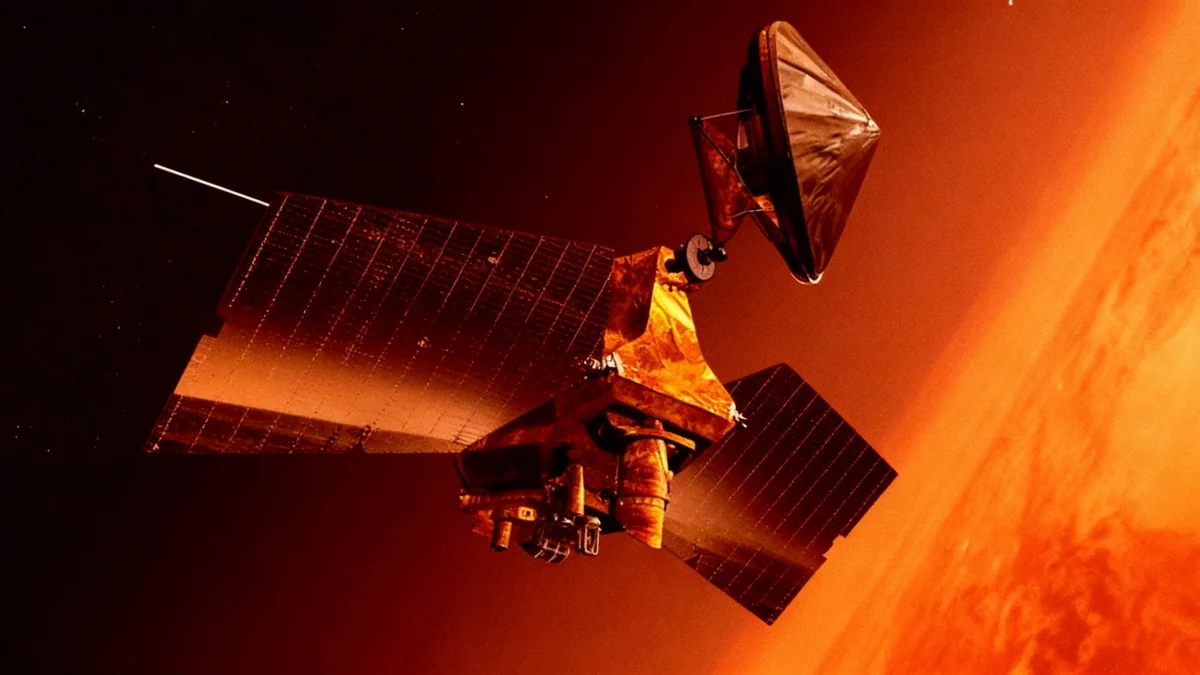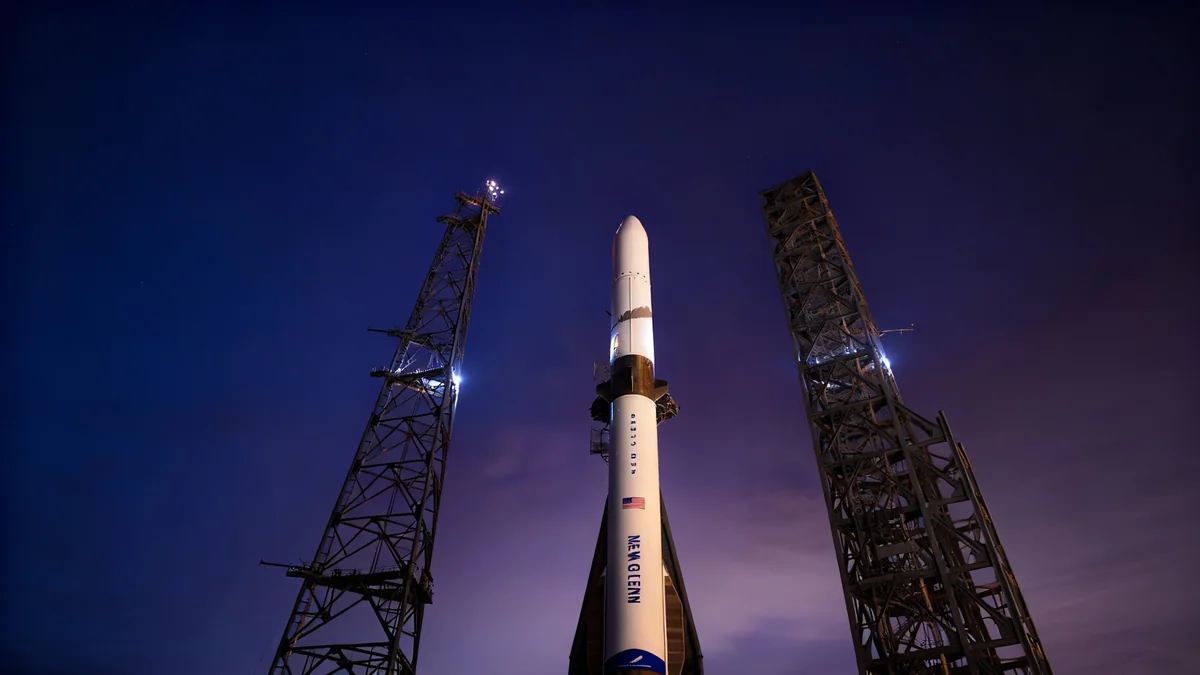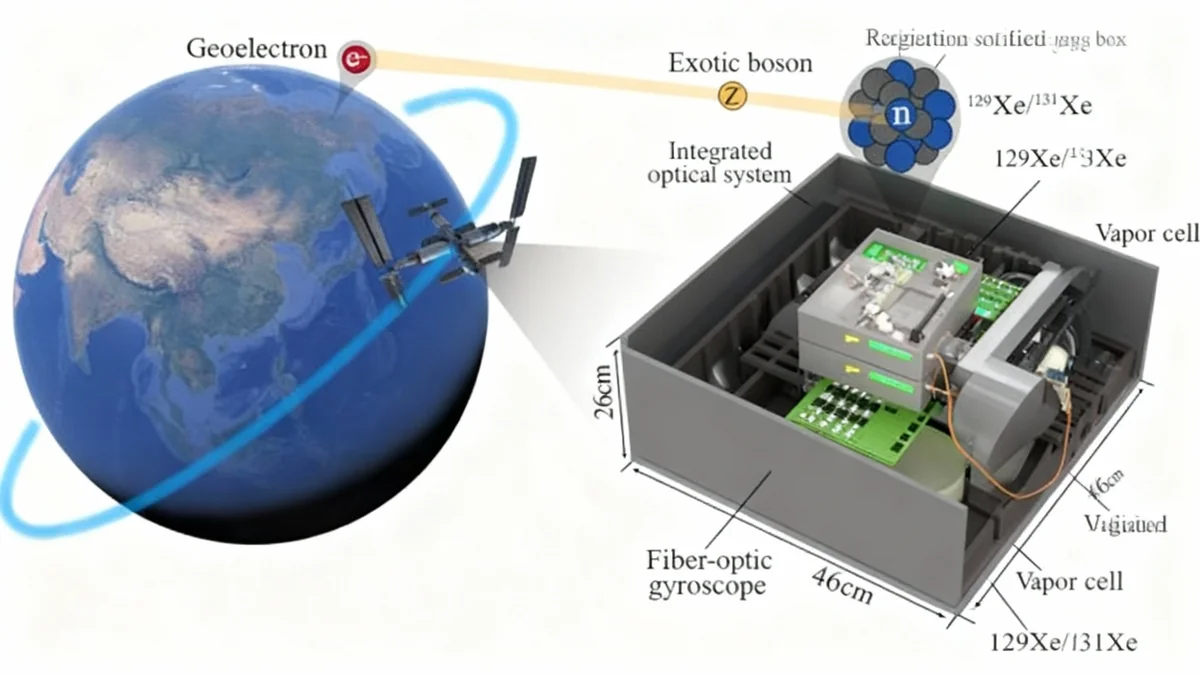Scientists at Purdue University are analyzing pristine samples from the asteroid Bennu, providing an unprecedented look into the 4.5-billion-year history of our solar system. The material, returned to Earth by NASA's OSIRIS-REx mission, is being studied to understand the fundamental building blocks of planets and the effects of long-term space exposure.
Key Takeaways
- Professor Michelle Thompson is leading a team at Purdue University to analyze samples from asteroid Bennu.
- The samples were collected by the NASA OSIRIS-REx mission and returned to Earth.
- Research focuses on understanding the origins of the solar system and the process of "space weathering."
- The findings are expected to inform future sample-return missions to other celestial bodies.
A Time Capsule from Space
A small piece of an ancient world has arrived in West Lafayette, Indiana. At Purdue University, researchers are carefully examining dust and rock collected from Bennu, an asteroid that has orbited the sun for billions of years. This material represents a direct link to the early days of our solar system, long before Earth and the other planets were fully formed.
Leading the analysis is Michelle Thompson, an associate professor of earth, atmospheric, and planetary sciences. Her work centers on a process called space weathering, which describes how celestial bodies are altered over eons by exposure to the harsh environment of space. By studying these changes, scientists can better interpret data from other asteroids and moons.
Professor Thompson will detail her team's initial findings in an upcoming presentation titled “A Time Machine to the Early Solar System: Analyzing Samples from Asteroid Bennu Returned by the NASA OSIRIS-REx Mission.” The lecture, part of the Westwood Lecture Series, is scheduled for November 11 and is open to Purdue faculty and staff.
The OSIRIS-REx Mission
Launched in 2016, NASA's Origins, Spectral Interpretation, Resource Identification, and Security-Regolith Explorer (OSIRIS-REx) mission traveled millions of miles to reach asteroid Bennu. After mapping the asteroid, the spacecraft successfully collected a sample in 2020 and returned its precious cargo to Earth in September 2023. It was NASA's first successful asteroid sample-return mission.
Unlocking Planetary Secrets
The samples from Bennu are more than just space rocks; they are a physical record of our solar system's 4.567-billion-year history. According to Thompson, studying this material allows scientists to investigate the original ingredients that formed planets like our own.
"Asteroids provide us with a tangible record of the 4.567 billion-year history of the solar system," Professor Thompson stated in her lecture abstract. She explained that her team's analysis aims to "better understand our planetary building blocks and how these materials have evolved over solar system timescales."
The research at Purdue's PRECISE (Planetary Rocks and Extraterrestrial Sample Curation and Experimentation) facility, where Thompson is the principal investigator, involves using advanced instruments to study the composition and structure of the Bennu fragments. This detailed examination helps reveal how the asteroid has been affected by solar wind and micrometeorite impacts over its long journey through space.
Profile of an Expert
- Michelle Thompson: Associate Professor at Purdue University.
- Expertise: Space weathering and planetary science.
- Mission Involvement: Deputy lead on NASA's OSIRIS-REx mission since 2021 and a former science team member of JAXA's Hayabusa2 mission.
- Education: MS and PhD in planetary science from the University of Arizona.
- Recognition: Awarded the Presidential Early Career Award for Scientists and Engineers in 2025.
The Importance of Space Weathering
Understanding space weathering is crucial for planetary science. The surfaces of asteroids, moons, and other airless bodies are constantly bombarded by charged particles from the sun and tiny dust-sized meteorites. This relentless process darkens and chemically alters the surface material over time.
By studying the pristine, carefully preserved samples from Bennu, Professor Thompson's team can establish a baseline for what this weathering process does to different types of materials. This knowledge is invaluable for interpreting data from telescopes and robotic missions that can only observe the surfaces of distant objects.
The findings help scientists to look past the weathered exterior of an asteroid and more accurately determine its true composition. This is essential for identifying asteroids that may contain water or other resources, as well as for understanding the potential threat posed by near-Earth objects.
A Foundation for Future Missions
The work being done on the Bennu samples is not just about looking into the past. It is also laying the groundwork for the future of space exploration. The techniques and knowledge gained from this analysis will be applied to upcoming sample-return missions targeting other asteroids, the moons of Mars, and beyond.
Each new sample provides another piece of the cosmic puzzle. By comparing materials from different parts of the solar system, scientists can build a more complete picture of how planetary systems form and evolve. Professor Thompson's lecture will place the OSIRIS-REx results within the broader context of our growing collection of extraterrestrial materials.
The research at Purdue highlights the critical role of university partnerships in major space missions. The analysis conducted by academic institutions provides deep insights that complement the engineering and operational achievements of agencies like NASA, pushing the boundaries of human knowledge about our place in the universe.





